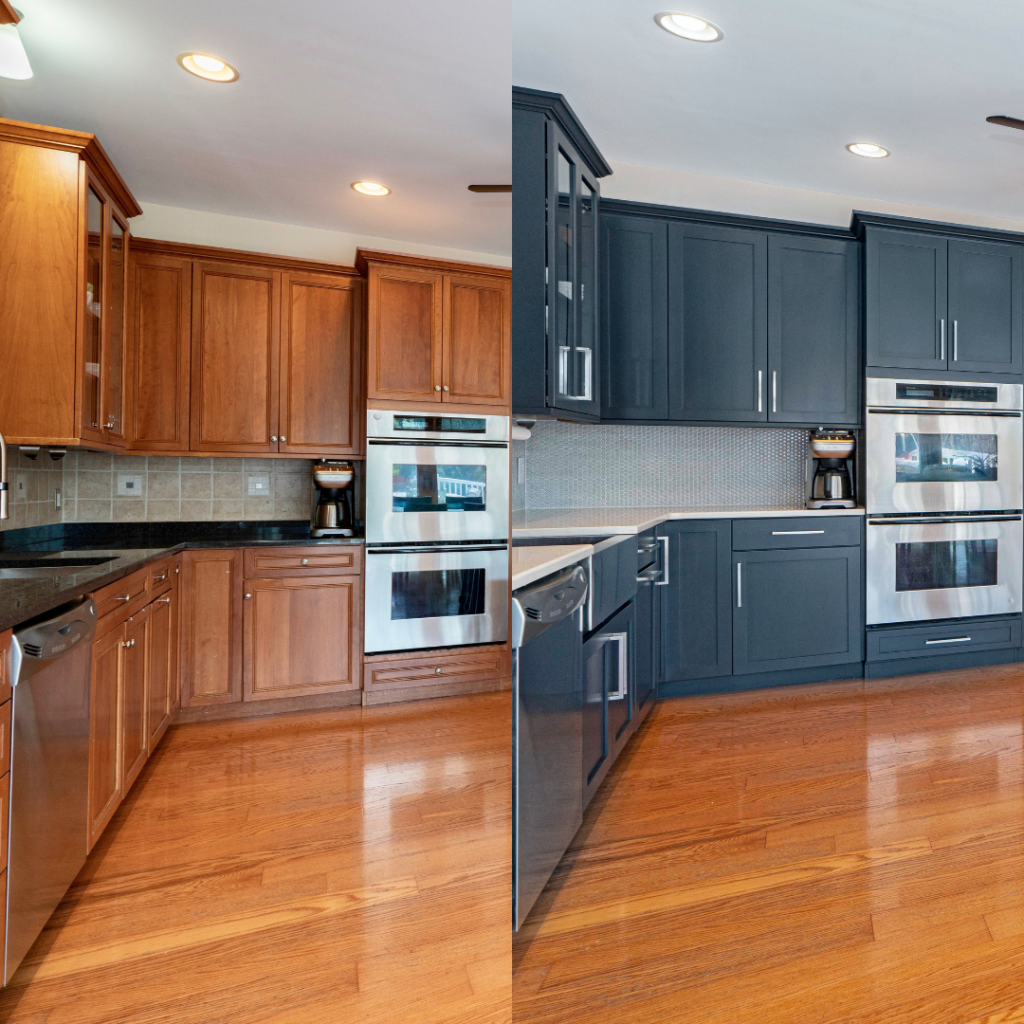When it comes to enhancing the look and durability of wooden surfaces, staining is an excellent option. Not only does it add color and character to the wood, but it also protects it from weathering, aging, and damage. However, choosing the right wood stain can be overwhelming, with so many options available in the market. In this expert’s guide, we will help you pick the right wood stain for your project.

- Determine the Type of Wood
The type of wood you are staining is a critical factor in selecting the right stain. Different woods absorb stains differently, and some may require pre-treatment before staining. For instance, hardwoods like oak and maple are dense and require a stain with higher viscosity, while softwoods like pine and cedar absorb stains easily and quickly.
- Consider the Stain Color
The color of the stain is another crucial factor in choosing the right stain. Wood stains come in a wide range of colors, from natural wood colors to darker shades. Consider the color scheme of the surrounding areas to select a color that complements or contrasts with it. For instance, if you have a lighter wall color, a darker wood stain will create a nice contrast.

- Choose Between Oil-Based and Water-Based Stains
Stains come in two types, oil-based and water-based. Oil-based stains are more durable and penetrate deep into the wood, providing long-lasting protection against the elements. They also bring out the wood’s natural grain patterns, making it more beautiful. However, they are more challenging to clean up, take longer to dry, and may emit harmful fumes during application. Water-based stains, on the other hand, dry quickly, are easy to clean, and are less toxic. They do not penetrate as deep as oil-based stains, but they are more forgiving, allowing for easier application and cleaning.
- Check the Transparency of the Stain
Stains come in three levels of transparency, opaque, semi-transparent, and transparent. Opaque stains provide the most coverage and are ideal for hiding imperfections on the wood’s surface. Semi-transparent stains allow some wood grain to show through while adding color to the wood. Transparent stains provide the least coverage, allowing the wood’s natural beauty to shine through.

- Test the Stain Before Application
Before applying the stain to the entire surface, test it on a small, inconspicuous area to ensure that it’s the right color and transparency. This will prevent you from wasting time and money on a stain that doesn’t look right on your wood.
In conclusion, choosing the right wood stain is critical to achieving a beautiful and durable finish. By considering the type of wood, the color of the stain, the type of stain, the transparency, and testing the stain before application, you’ll be able to choose the perfect stain for your project. With the right stain, your wooden surfaces will be enhanced, protected, and looking their best for years to come.
